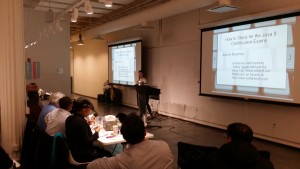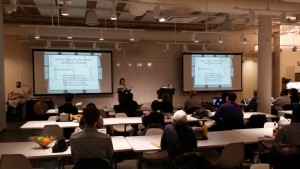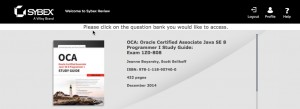
Well, technically it is. But what I really mean is our new OCP 11 Java Programmer II Book is so much more than that. In fact, it’s my favorite book we’ve written (don’t tell my other books!) because it dives deep into some really interesting topics like streams, concurrency, I/O and NIO.2, method references, etc that people often only have passing familiarity with.
It’s not written solely for you to pass the exam (although it contains plenty of strategies/tips/tricks for that too!). For example, maybe you’ve used annotations but been too scared to write you own? This book will teach you everything you need to know about writing custom annotations like a pro. Or maybe you’ve heard about lambdas and streams but don’t really understand them well enough to use them. Completely understandable! I was once terrified to use them too, for fear of looking unintelligent (aka dumb). Now, I use lambdas, streams, and method references to accomplish in a handful of lines what used to take me pages of boiler plate code.
Whether you take and pass the exam or not (and I sincerely wish you do), I hope that by reading this book you’ll gain a greater understanding and appreciation of Java. Oh, and if you’re more just starting out, I recommend reading our OCP 11 Java Programmer I Book first. That provides a solid foundation for Java classes, methods, and polymorphism.
If I sound excited, it’s because I am really proud of this book and all of the hard work that went into making it interesting, easy-to-understand, and perhaps… a bit of fun! Purchase now on Amazon while supplies last!



